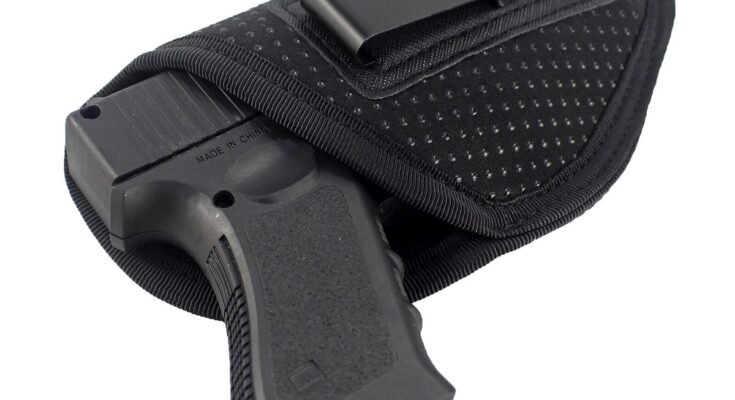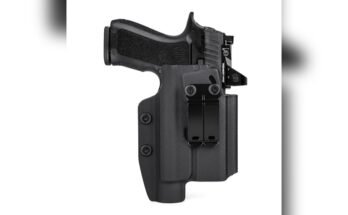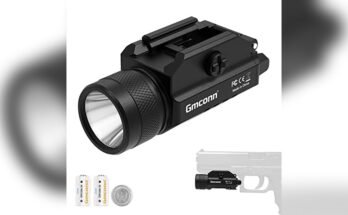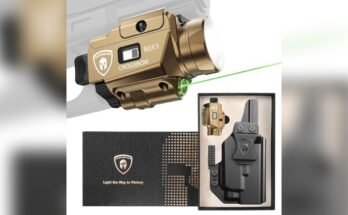If you carry a handgun, your holster is your seatbelt. It must be safe, comfortable, and ready when you need it. I’ve carried daily for years, tested gear in classes, and coached new carriers through trial and error. In this guide, I’ll show you how to choose a holster for concealed carry with clear steps, real examples, and honest pros and cons. You’ll learn what matters most, what to skip, and how to match a holster to your body, your gun, and your lifestyle.
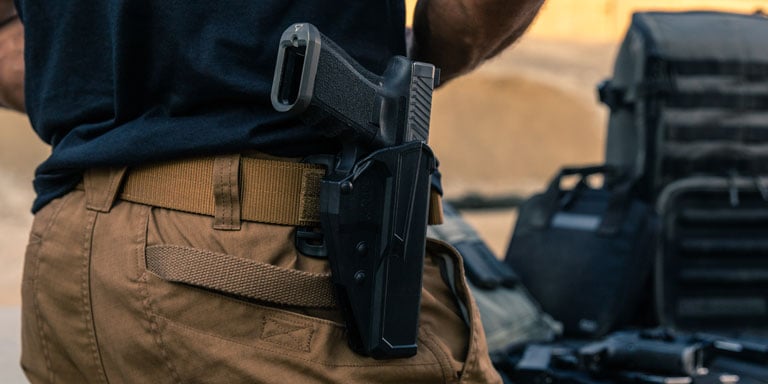
Source: tacticalgear.com
Key Factors When Choosing a Concealed Carry Holster
The right holster does five things well. It protects the trigger. It holds the gun in place. It stays put on your body. It lets you draw and reholster safely. It hides the gun without pain.
Focus on these core factors:
- Safety first: The trigger guard must be fully covered. No flex near the trigger. No soft material pushing into the trigger.
- Retention: The gun should click or sit tight. Turn the holster upside down (unloaded). The gun should not fall out.
- Concealment: Look for features that tuck the grip in, like a claw or wing. A wedge can reduce printing at the muzzle.
- Comfort: Check ride height and cant. Small changes fix hot spots and dig-in points.
- Access: You should draw with one hand, from your normal stance, without snagging clothes.
- Stability: A strong belt and solid clip(s) keep the holster in the same place all day.
Practical tip: When I coach new carriers, I start with a short dry practice session in normal clothes. Ten draws, slow and safe. If your shirt catches or the holster shifts, adjust ride height or cant before changing holsters. Small tweaks save money.
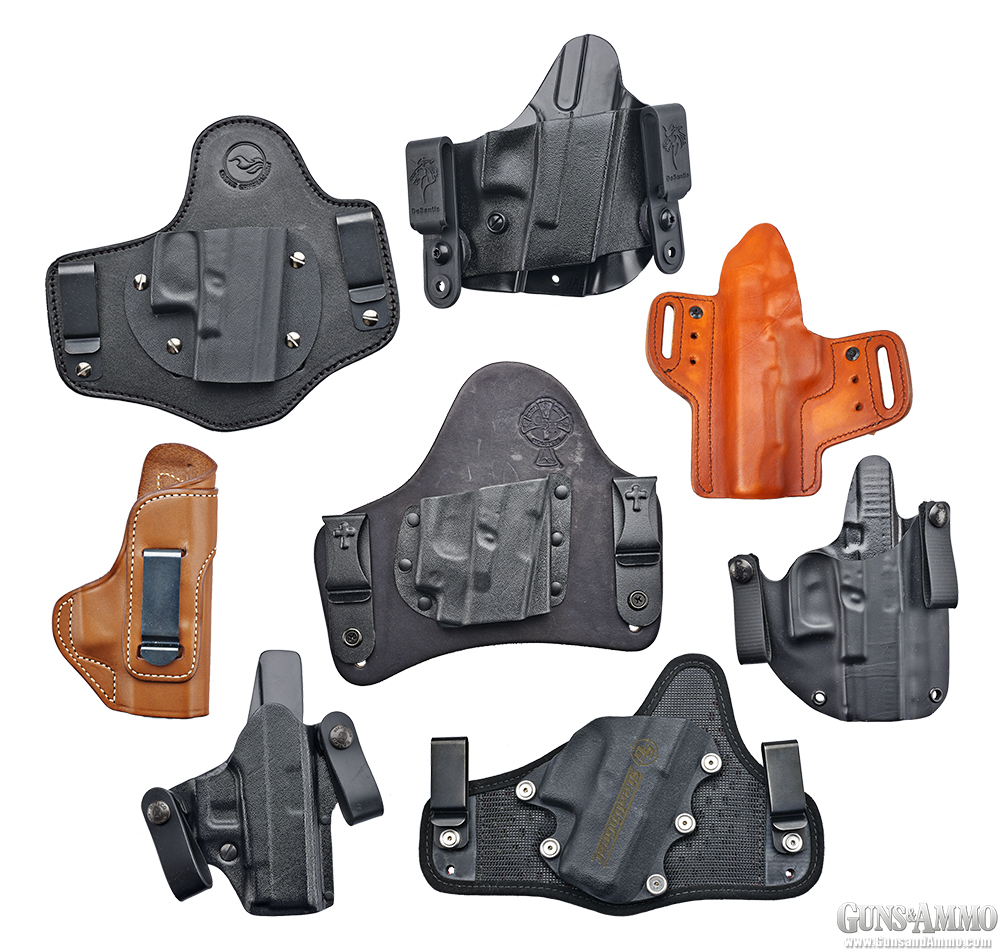
Source: www.gunsandammo.com
Holster Types Explained
Each carry method has a role. Match it to your day, your build, and your clothes.
- Inside-the-waistband (IWB): Tucks between pants and body. Great concealment with a cover shirt. Works well around the 3–5 o’clock positions.
- Appendix inside-the-waistband (AIWB): Front of the body, around 1–2 o’clock. Fast draw, strong concealment. Needs a good wedge and claw for comfort and safety.
- Outside-the-waistband (OWB): Easiest to wear and draw. Needs a jacket or overshirt for concealment. Great for training days.
- Pocket holster: Small guns only. Holster covers the trigger and breaks up the gun’s outline. Keep that pocket dedicated to the holster only.
- Shoulder holster: Good for long drives or jackets. Slower draw. Needs practice and careful muzzle management.
- Ankle holster: Backup guns or niche use. Slow draw, but handy when seated.
- Belly band: Flexible for athletic wear or light clothes. Pick a model with a rigid trigger guard insert for safety.
From experience: Most people land on AIWB or strong-side IWB after testing. They balance comfort, speed, and concealment better than the rest for everyday carry.
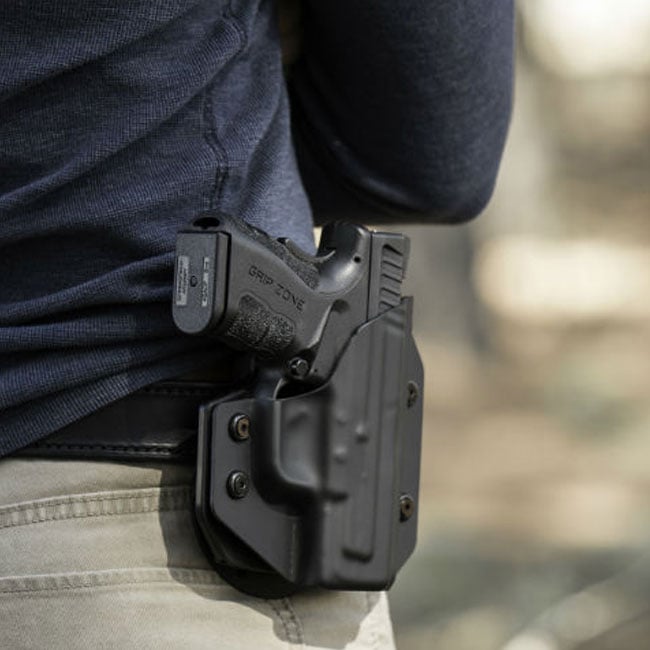
Source: tacticalgear.com
Fit, Retention, and Draw: What Really Matters
Holster fit is gun-specific:
- Model-specific fit: Choose a holster made for your exact gun and, if used, your red dot or light.
- Trigger coverage: No gaps. No stretch over the trigger area.
- Retention level: Passive retention is common (friction with a tactile click). Adjustable screws help tune hold. Duty-style levers are not needed for most concealed carry.
Draw and reholster check:
- Dry test: With an unloaded gun, draw ten times. The muzzle should clear cleanly. Clothing should not snag.
- Reholster: Keep the muzzle vertical. The mouth of the holster must stay open. If you need the other hand to hold it open, it is not safe.
- One-handed use: You should draw and reholster using one hand without collapsing fabric near the trigger.
Coach’s note: I often see people tighten retention too much to hide poor belt support. Fix the belt first. Then set retention so you get a clear draw with a firm click on reinsert.
Comfort, Clothing, and Body Type
Comfort is personal, but patterns help:
- Ride height: Higher ride eases grip access but may print. Lower ride hides better but can pinch. Find a middle ground where your fingers clear the trigger guard on the draw.
- Cant (angle): A slight forward cant helps behind-the-hip IWB conceal well. Neutral cant is common for AIWB.
- Claw and wedge: A claw pushes the grip inward. A wedge tilts the muzzle out slightly to reduce pressure and printing. Together, they boost comfort and hide.
- Belt choice: A dedicated gun belt prevents sag. Stiff but not bulky is best for all-day wear.
- Clothing: Darker shirts, light patterns, and an extra layer hide edges. Athletic wear needs purpose-built clips or an inner belt.
Personal tip: On long drives, I nudge ride height up one notch or shift a half-inch on the belt. Small changes protect your hip and improve blood flow.
Materials: Kydex, Leather, Hybrid, Nylon
Each material has tradeoffs. Pick based on safety, durability, and your use.
- Kydex (polymer): Rigid, consistent, easy to clean, and great retention. Good for AIWB and IWB. Can feel stiff without a wedge or pad.
- Leather: Comfortable and classic. Needs break-in and routine care. Watch for mouth collapse over time.
- Hybrid (kydex shell on a soft backer): Comfortable with good retention. Check that the backer does not flex into the trigger. Replace when it softens.
- Nylon/fabric: Light and cheap. Many lack safe trigger coverage or a stiff mouth. Choose models with a rigid insert and strong clips only.
Reality check: Most of my students end up with kydex for daily carry, then add leather for range days or dress wear. Reliability is king when you carry.
Safety, Training, and Maintenance
Safe carry is a habit, not a product. Build good habits now.
- Safe reholstering: Go slow. Clear clothing with your support hand. Angle your hips away as needed. If it does not feel right, stop and fix.
- Regular practice: Dry draw 5–10 reps a few times a week with an unloaded gun. Add live reps in a class to test gear under stress.
- Gear checks: Inspect screws and clips monthly. Use thread locker as needed. Replace worn parts.
- Clean and comfort: Wipe sweat and lint. Smooth any sharp edges. Replace foam wedges every few months if you carry AIWB.
- Legal and policy: Know local laws on where and how you can carry. Respect range rules and instructor guidelines.
Instructor insight: The most common “holster failure” I see is not the holster. It is a soft belt, loose clips, or clothing drawn into the holster mouth. Fix those first.
Budget And Buying Checklist
You do not need the most expensive holster. You need the right features. Use this checklist before you buy:
- Does it fully cover the trigger and guard?
- Is it made for your exact gun, optic, and light?
- Does it have adjustable ride height and cant?
- Does it offer a claw and optional wedge for concealment?
- Are the clips strong and compatible with your belt or pants?
- Can you reholster one-handed without collapse?
- Does it hold during the upside-down test when unloaded?
Smart buy plan:
- Start with a proven kydex IWB or AIWB from a reputable maker.
- Add a real gun belt on day one.
- Test at home with dry practice in your normal clothes.
- Take a class and stress-test the setup.
- Make small adjustments. Only change holsters if you hit a hard limit.
Money saver: Buy once, cry once on the belt and clips. Those two parts outlast most holsters and improve every carry method.
Frequently Asked Questions Of How to choose a holster for concealed carry?
How Do I Know If My Holster Is Safe?
Look for full trigger coverage, a rigid body, and a mouth that stays open when the gun is out. You should draw and reholster with one hand. Do an unloaded upside-down test to check retention.
Is Appendix Carry Safe?
Yes, with the right holster and careful technique. Use a rigid holster with full trigger coverage, proper wedge, and claw. Reholster slowly, clear clothing, and keep the muzzle under control.
Do I Need A Gun Belt?
A gun belt is one of the biggest upgrades you can make. It prevents sag, keeps the holster stable, and improves concealment. Most problems blamed on holsters are solved by a good belt.
What Ride Height And Cant Should I Use?
Start neutral. Set ride height so your fingers get a full firing grip in the holster. Use slight forward cant for behind-the-hip IWB. Keep neutral cant for AIWB, then fine-tune to comfort.
Which Material Is Best For Daily Carry?
For most people, kydex is best. It is rigid, consistent, and easy to maintain. Leather and hybrids can work well but need more care and regular checks for wear.
Can I Carry With Athletic Wear Or No Belt?
Yes, but use clips or wings designed for fabric, or an inner belt. Belly bands with rigid trigger protection are also an option. Test for stability before daily carry.
How Do I Reduce Printing?
Use a claw to tuck the grip and a wedge to angle the muzzle. Adjust ride height and cant. Choose darker shirts or light patterns. A good belt keeps the grip from leaning out.
Wrap-Up And Next Steps
A good concealed carry holster is safe, stable, and simple. It fits your exact gun, covers the trigger, stays put on your belt, and lets you draw clean. Start with proven kydex, add a real gun belt, and tune ride height, cant, claw, and wedge until it disappears under your clothes. Small changes make a big difference.
Make a plan this week: audit your setup, do ten safe dry draws, and adjust one thing at a time. If you are starting fresh, use the checklist above and buy with confidence. Have questions or a tip that worked for you? Drop a comment, subscribe for more gear guides, and keep learning with structured practice.
Watch This Video on How to choose a holster for concealed carry?
